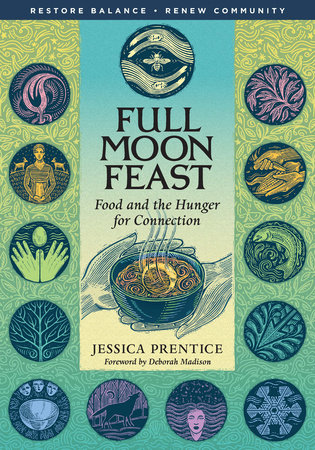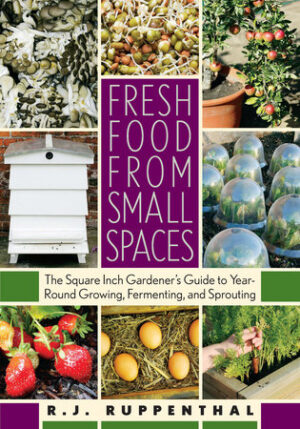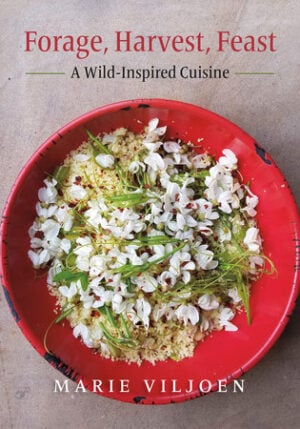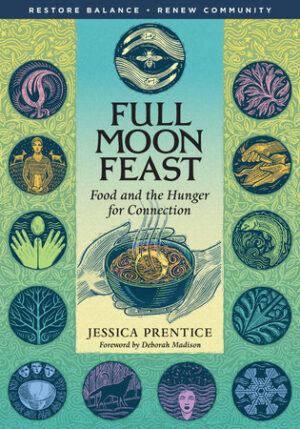EXCERPTS
| Pages: | 374 pages |
| Book Art: | Black and white illustrations |
| Size: | 7 x 10 inch |
| Publisher: | Chelsea Green Publishing |
| Pub. Date: | March 8, 2006 |
| ISBN: | 9781933392004 |
Full Moon Feast
Food and the Hunger for Connection
Full Moon Feast invites us to a table brimming with locally grown foods, radical wisdom, and communal nourishment.
In Full Moon Feast, accomplished chef and passionate food activist Jessica Prentice champions locally grown, humanely raised, nutrient-rich foods and traditional cooking methods. The book follows the thirteen lunar cycles of an agrarian year, from the midwinter Hunger Moon and the springtime sweetness of the Sap Moon to the bounty of the Moon When Salmon Return to Earth in autumn. Each chapter includes recipes that display the richly satisfying flavors of foods tied to the ancient rhythm of the seasons.
Prentice decries our modern food culture: megafarms and factories, the chemically processed ghosts of real foods in our diets, and the suffering–physical, emotional, cultural, communal, and spiritual–born of a disconnect from our food sources. She laments the system that is poisoning our bodies and our communities.
But Full Moon Feast is a celebration, not a dirge. Prentice has emerged from her own early struggles with food to offer health, nourishment, and fulfillment to her readers. She recounts her relationships with local farmers alongside ancient harvest legends and methods of food preparation from indigenous cultures around the world.
Combining the radical nutrition of Sally Fallon’s Nourishing Traditions, keen agri-political acumen, and a spiritual sensibility that draws from indigenous as well as Western traditions, Full Moon Feast is a call to reconnect to our food, our land, and each other.
“Drawing upon mythology, history, and contemporary struggles, Full Moon Feast reminds us of ancient cultural wisdom, encourages us to deepen our connections to the sources of our food, and invites us to make these seasonal rhythms our own.”—Sandor Katz, author of Wild Fermentation
Reviews & Praise
"Fired by the abuses of modern industrialism, this poet-chef tells her life story as a vision-quest for a world of harmony and connectedness, which she finds in the voices of traditional cultures past and present, condensed in poems, myths, foods, feasts and fasts, tuned to the rhythm of the seasons. As we follow her lunar calendar from Hunger Moon to Wolf Moon, we discover in recipes for Nettle Soup, Sourdough Crackers, Yarrow Ale, new uses and new meanings in the gifts of earth and sea. Meanings multiply in a work that is not a quick bite, but a vertical tasting to be savored slowly."—Betty Fussell, author of The Story of Corn and My Kitchen Wars, A Memoir
"Jessica Prentice’s far-ranging culinary explorations bring us back to the rhythms of seasonal being. Drawing upon mythology, history, and contemporary struggles, Full Moon Feast reminds us of ancient cultural wisdom, encourages us to deepen our connections to the sources of our food, and invites us to make these seasonal rhythms our own.”—Sandor Katz, author of Wild Fermentation







